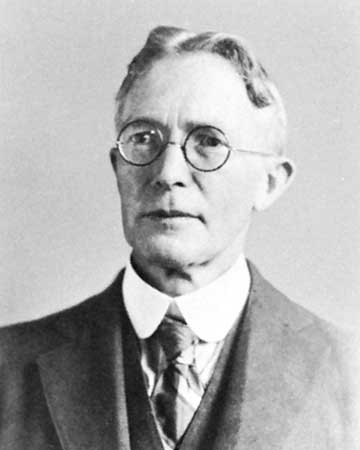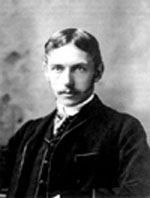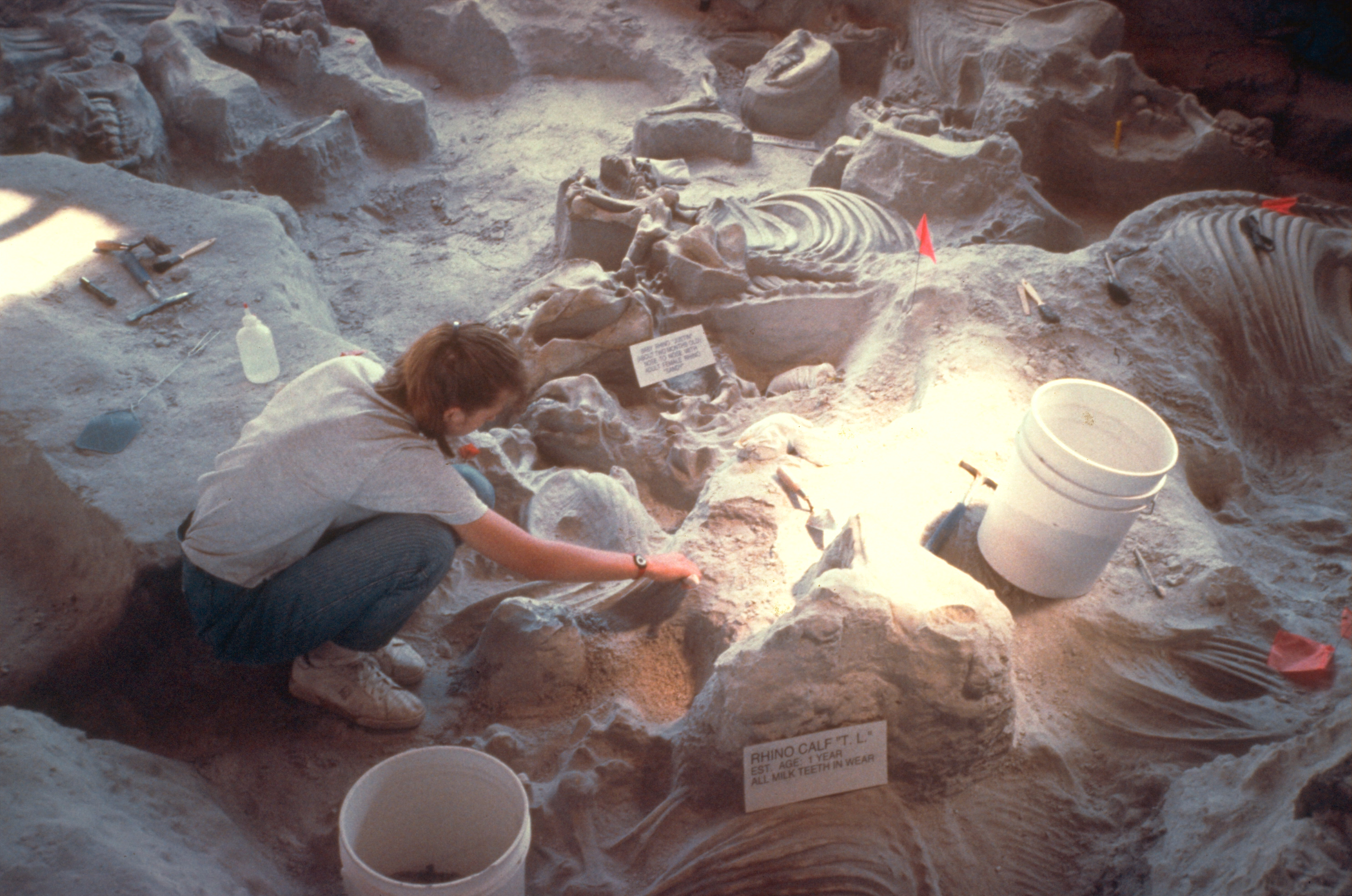|
Prosthennops
''Prosthennops'' is a genus of extinct peccaries that lived in North and Central America between the middle Miocene and lower Pliocene (around 15-5 million years ago). Description This animal was very similar to present-day peccaries, both in appearance and size. ''Prosthennops'' had a shoulder height of about 76 cm. Individuals in the northern part of its range were larger than those in southern Central America. It possessed a robust skull, with a depressed and elongated snout (but to a lesser extent than other extinct peccaries such as Mylohyus). The orbits were set back on the skull, above the glenoid cavity. The malar/zygomatic bones were prominent like those of African warthogs, developing laterally in massive tubercles.The premaxillary bones were well-developed and bore only two pairs of incisors, of which the second pair was often vestigial. The fangs were pointed downwards, rather than forwards as in modern boars. The highly developed canines had an elliptical cro ... [...More Info...] [...Related Items...] OR: [Wikipedia] [Google] [Baidu] |
Peccaries
A peccary (also javelina or skunk pig) is a medium-sized, pig-like hoofed mammal of the family Tayassuidae (New World pigs). They are found throughout Central and South America, Trinidad in the Caribbean, and in the southwestern area of North America. They usually measure between in length, and a full-grown adult usually weighs about . They represent the closest relatives of the family Suidae, which contains pigs and relatives. Together Tayassuidae and Suidae are grouped in the Suina within the Artiodactyla (even toed ungulates). Peccaries are social creatures that live in herds. They eat roots, grubs, and a variety of foods. They can identify each other by their strong odors. A group of peccaries that travel and live together is called a "squadron". A squadron of peccaries averages between six and nine members. Peccaries first appeared in North America during the Miocene, and migrated into South America during the Pliocene-Pleistocene as part of the Great American In ... [...More Info...] [...Related Items...] OR: [Wikipedia] [Google] [Baidu] |
William Diller Matthew
William Diller Matthew FRS (February 19, 1871 – September 24, 1930) was a vertebrate paleontologist who worked primarily on mammal fossils, although he also published a few early papers on mineralogy, petrological geology, one on botany, one on trilobites, and he described '' Tetraceratops insignis'', which was much later suggested to be the oldest known (Early Permian) therapsid. Matthew was born in Saint John, New Brunswick, the son of George Frederic Matthew and Katherine (Diller) Matthew. His father was an amateur geologist and paleontologist who instilled his son with an abiding interest in the earth sciences. Matthew received an A.B. at the University of New Brunswick in 1889 and then earned his Ph.D. at Columbia University in 1894. Matthew was curator of the American Museum of Natural History from the mid-1890s to 1927, and director of the University of California Museum of Paleontology from 1927 to 1930. He was the father of Margaret Matthew, a noted artist, illus ... [...More Info...] [...Related Items...] OR: [Wikipedia] [Google] [Baidu] |
North American Land Mammal Ages
The North American land mammal ages (NALMA) establishes a geologic timescale for North American fauna beginning during the Late Cretaceous and continuing through to the present. These periods are referred to as ages or intervals (or stages when referring to the rock strata of that age) and were established using geographic place names where fossil materials were obtained. System The North American land-mammal-age system was formalized in 1941 as a series of provincial land-mammal ages. The system was the standard for correlations in the terrestrial Cenozoic record of North America and was the source for similar time scales dealing with other continents. The system was revised into a formal chronostratigraphic system. This approach is nominally justified by international stratigraphic codes; it holds that first appearances of individual species in particular sections are the only valid basis for naming and defining the land-mammal ages. The basic unit of measure is the first/last ... [...More Info...] [...Related Items...] OR: [Wikipedia] [Google] [Baidu] |
Henry Fairfield Osborn
Henry Fairfield Osborn, Sr. (August 8, 1857 – November 6, 1935) was an American paleontologist, geologist and eugenics advocate. He was the president of the American Museum of Natural History for 25 years and a cofounder of the American Eugenics Society. Early life and education Family Henry Fairfield Osborn was born in Fairfield, Connecticut on August 8, 1857 in a family of distinction. He was the eldest son of shipping magnate and railroad tycoon William Henry Osborn and Virginia Reed (née Sturges) Osborn. His maternal grandparents were Jonathan Sturges, a prominent New York businessman and arts patron who was a direct descendant of Jonathan Sturges, a U.S. Representative from Connecticut, and Mary Pemberton Cady, a direct descendant of prominent educator Ebenezer Pemberton. His maternal aunt Amelia Sturges, was the first wife of J. P. Morgan, but died of tuberculosis soon after their wedding. His younger brother was William Church Osborn, who served as p ... [...More Info...] [...Related Items...] OR: [Wikipedia] [Google] [Baidu] |
New Mexico Museum Of Natural History And Science
The New Mexico Museum of Natural History and Science is a natural history and science museum in Albuquerque, New Mexico near Old Town Albuquerque. The Museum was founded in 1986. It operates as a public revenue facility of the New Mexico Department of Cultural Affairs. Permanent exhibits The Museum's permanent exhibit halls illustrate a journey through time, covering the birth of the Universe (≈13.6 billion years ago) to the Ice Age (≈10,000 years ago). The eight journey through time halls are as follows: *Origins *Dawn of the Dinosaurs *Jurassic Age of Super Giants *New Mexico's Seacoast *Age of Volcanoes *Rise of the Recent - Evolving Grasslands *Cave Experience *New Mexico's Ice Age Other permanent exhibits include an interactive planetarium where programs are held daily. There is also a floor of exhibit galleries dedicated to astronomy and space exploration, as well as an observation deck for viewing through the telescope. The observatory opens only occasionally, usually ... [...More Info...] [...Related Items...] OR: [Wikipedia] [Google] [Baidu] |
Wastebasket Taxon
Wastebasket taxon (also called a wastebin taxon, dustbin taxon or catch-all taxon) is a term used by some taxonomists to refer to a taxon that has the sole purpose of classifying organisms that do not fit anywhere else. They are typically defined by either their designated members' often superficial similarity to each other, or their ''lack'' of one or more distinct character states or by their ''not'' belonging to one or more other taxa. Wastebasket taxa are by definition either paraphyletic or polyphyletic, and are therefore not considered valid taxa under strict cladistic rules of taxonomy. The name of a wastebasket taxon may in some cases be retained as the designation of an evolutionary grade, however. The term was coined in a 1985 essay by Steven Jay Gould. Examples There are many examples of paraphyletic groups, but true "wastebasket" taxa are those that are known not to, and perhaps not intended to, represent natural groups, but are nevertheless used as convenient gr ... [...More Info...] [...Related Items...] OR: [Wikipedia] [Google] [Baidu] |
Donald Prothero
Donald Ross Prothero (February 21, 1954) is an American geologist, paleontologist, and author who specializes in mammalian paleontology and magnetostratigraphy, a technique to date rock layers of the Cenozoic era and its use to date the climate changes which occurred 30–40 million years ago. He is the author or editor of more than 30 books and over 300 scientific papers, including at least 5 geology textbooks. Stephen Jay Gould cited Prothero's research on the lack of response to climate change in mammals from the Eocene, Oligocene and Pleistocene epochs to support the punctuated equilibrium model of evolution. He called Prothero "the best punctuated equilibrium researcher on the West Coast". Biography Prothero grew up in the Glendale, California area, the son of Clifford R. Prothero (1920–2004), a technical illustrator for Lockheed, and Shirley M. (McDonald) Prothero (1924–2016), an artist and homemaker. He attended the University of California, Riverside where he studie ... [...More Info...] [...Related Items...] OR: [Wikipedia] [Google] [Baidu] |
Ancient Greek
Ancient Greek includes the forms of the Greek language used in ancient Greece and the ancient world from around 1500 BC to 300 BC. It is often roughly divided into the following periods: Mycenaean Greek (), Dark Ages (), the Archaic period (), and the Classical period (). Ancient Greek was the language of Homer and of fifth-century Athenian historians, playwrights, and philosophers. It has contributed many words to English vocabulary and has been a standard subject of study in educational institutions of the Western world since the Renaissance. This article primarily contains information about the Epic and Classical periods of the language. From the Hellenistic period (), Ancient Greek was followed by Koine Greek, which is regarded as a separate historical stage, although its earliest form closely resembles Attic Greek and its latest form approaches Medieval Greek. There were several regional dialects of Ancient Greek, of which Attic Greek developed into Koi ... [...More Info...] [...Related Items...] OR: [Wikipedia] [Google] [Baidu] |
Platygonus
''Platygonus'' ("flat head" in reference to the straight shape of the forehead) is an extinct genus of herbivorous peccaries of the family Tayassuidae, endemic to North and South America from the Miocene through Pleistocene epochs (10.3 million to 11,000 years ago), existing for about . ''P. compressus'' stood 2.5 feet (0.75 meters) tall. Description Most ''Platygonus'' species were similar in size to modern peccaries especially giant peccary, at around in body length, and had long legs, allowing them to run well. They also had a pig-like snout and long tusks which were probably used to fend off predators. Taxonomy While long thought to be the sister-lineage to the Chacoan peccary based on morphological similarities, a 2017 ancient DNA study which recovered mitochondrial DNA from ''Platygonus'' found that all living peccaries are more closely related to each other than they are to ''Platygonus''. The estimated divergence between ''Platygonus'' and all living peccaries was ... [...More Info...] [...Related Items...] OR: [Wikipedia] [Google] [Baidu] |
Ashfall Fossil Beds
The Ashfall Fossil Beds of Antelope County in northeastern Nebraska are rare fossil sites of the type called lagerstätten that, due to extraordinary local conditions, capture an ecological "snapshot" in time of a range of well-preserved fossilized organisms. Ash from a Yellowstone hotspot eruption 10-12 million years ago created these fossilized bone beds. The ash depth was up to 1 foot. The site is protected as Ashfall Fossil Beds State Historical Park, a park that includes a visitor center with interpretive displays and working fossil preparation laboratory, and a protected ongoing excavation site, the Hubbard Rhino Barn, featuring fossil ''Teleoceras'' (native hippo-like ancestral rhinoceros) and ancestral horses. The Ashfall Fossil Beds are especially famous for fossils of mammals from the middle Miocene geologic epoch. The Ashfall Fossil Beds are stratigraphically part of the Serravallian-age Ogallala Group. Bruneau-Jarbidge event The Ashfall deposit preserves the ... [...More Info...] [...Related Items...] OR: [Wikipedia] [Google] [Baidu] |




